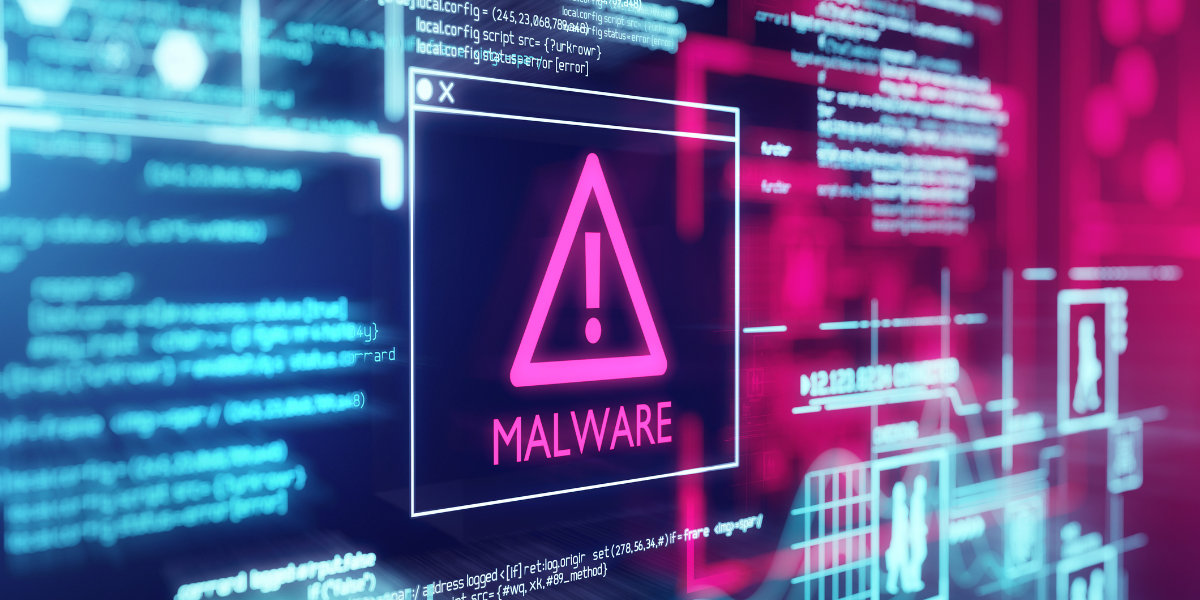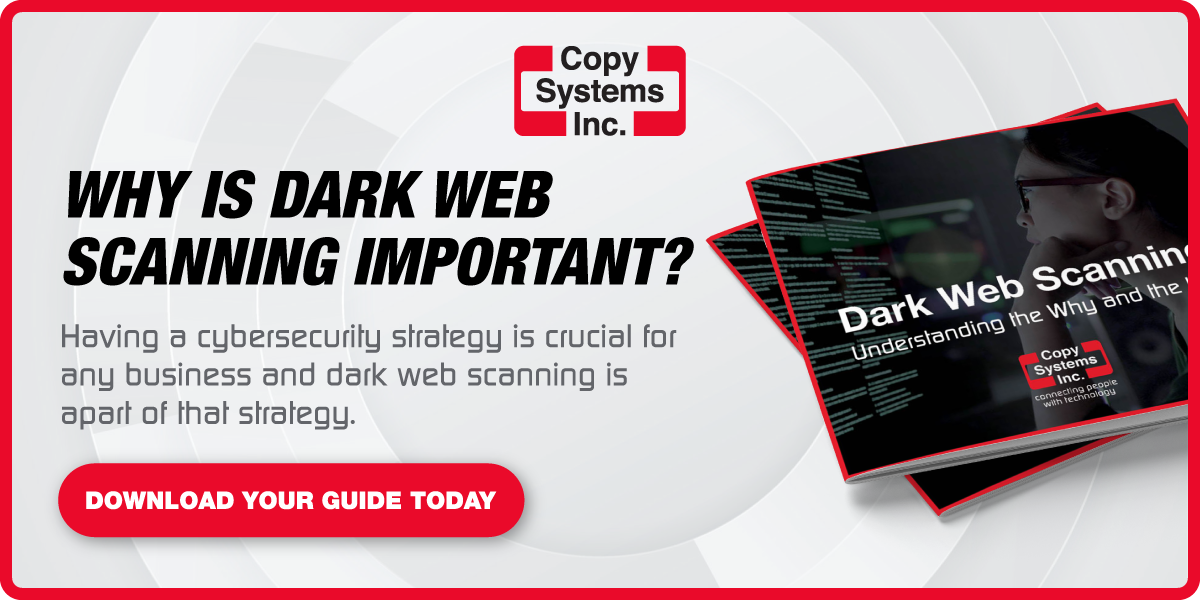Do You Know These 10 Types of Malware? You Should

Regular updates to cybersecurity are crucial to keeping confidential company information secure. For the sake of data protection, let’s review how malware works along with the various types of malware hackers use.
What is Malware?
Malware is any malicious software written with the intent to harm data, devices, or people. Devices infected with malware typically show signs of slowed operation, uncontrolled activation of programs, and random application shutdown or startup.
There are several types of malwares, each with unique methods to take control, steal personal data, lock important files, or irreparably damage your computer. Hidden in plain sight, malware is a silent killer that discreetly infiltrates business networks in one mouse click through these forms:
1. Adware
Adware is malware presented in unwanted pop-up ads installed on your computer. This bombardment of ads not only annoys users but can track browser activity and data to leverage identity theft. Through continuous appearance, adware can frustrate victims to the point of trying to remove the windows, causing them to accidentally click and download the malware.
2. Fileless Malware
Unlike traditional malware which infects files, Fileless Malware attacks your data by tapping into native tools installed onto your computer. By using the system’s “natural resources,” this type of malware is harder to detect as they weaponize memory-based applications like Microsoft Office macros to gain access to your data.
3. Viruses
Viruses are the most common type of malware attack brought on by clicking or copying a media file. Once installed, viruses infect the entire system and spread to other programs or linked devices via email, instant message, downloads, USB software, or network links. Viruses generally remain dormant in an attached file until the victim opens it, whereupon it rapidly blocks, corrupts, or deletes data.
4. Worms
Worms, like viruses, spread to devices through network security flaws, like firewall backdoors. Rather than infecting programs, however, worms quickly and silently embed into the network to steal or attack sensitive data. Worse yet, worms can independently replicate within systems, making their internal damage easy to transfer.
5. Trojans
Trojans are a type of malicious malware that comes disguised as legitimate software to deceive users into granting access. Though this malware can’t spread like a virus or worm, Trojans can remain dormant in email attachments, link downloads, game apps, or direct messages for years until the user opens them. Once installed, Trojans take control of your computer to delete, corrupt, or alter your data network.
 Regular updates to cybersecurity are needed to keep your company's confidential information secure
Regular updates to cybersecurity are needed to keep your company's confidential information secure
6. Bots
Bots are an automated type of malware that access devices through malicious codes to directly hack central servers. Since they’re remote controlled, cybercriminals favor bots for their ability to infect other bots, allowing attackers to steal or remove data in massive botnet swarms.
7. Ransomware
As implied by the name, cybercriminals use ransomware to encrypt data and denies victims access until they’re paid. Affected systems are often left inoperable and crippled by hackers with faulty decryption codes or just erasing data regardless of payment. Often susceptible by email or link downloads, ransomware is the most infamous type of malware due to takeovers on hospitals, railways, and government offices.
8. Spyware
Spyware is a popular type of malware for cybercriminals to monitor, collect, and steal user information undetected. By using keyloggers to monitor user typing, hackers can uncover passwords, PINs, and bank statements for fraud. A versatile malware, spyware can track activity through various systems such as apps, website cookies, or file-shares to sell or harm confidential codes.
9. Rootkits
Rootkits are malware that give hackers backdoor, full remote-control access of victims’ computers. Hidden through phishing and download attachments, rootkits can be injected into applications to hijack your cybersecurity, causing serious damage unnoticed for a long time. Inside the system, attackers can access user files, spy on browser usage, and change system preferences anytime.
10. Malvertising
Malvertising is a type of malware that comes from ads on websites rather than on your computer. Users become susceptible to malvertising damage after either clicking or visiting a corrupt ad site that forcefully downloads other malicious software. Oftentimes cybercriminals use these ads to gain company or credit card information to sell online.
Keeping track of new and adapting types of malwares for your business can be taxing on daily productivity. Therefore, your company requires automated cybersecurity and data management for the best data protection. At Copy Systems Inc., we offer netSMART IT support to help secure your information. For quick and reliable security consultation, contact us today!

